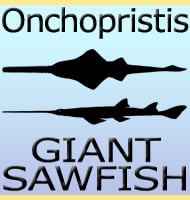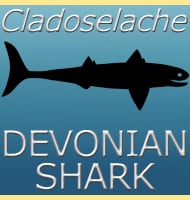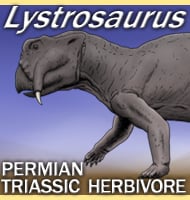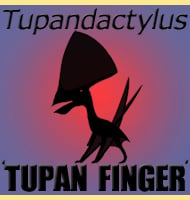In Depth
When first described in 1833, Gnathosaurus was actually thought to have been the remains of small prehistoric crocodile. This persisted until the discovery of the skull in 1951, which revealed Gnathosaurus to actually be a filter feeding pterosaur similar to Ctenochasma.
The teeth of Gnathosaurus were very fine and projected outwards from the mouth. The teeth towards the front of the jaws were even more specialised in forming a ‘spoon’ shaped structure, and this is thought to be the main prey catching area. By scooping up water with its mouth, Gnathosaurus could allow it to drain through its teeth, leaving small invertebrates behind in its beak.
Gnathosaurus is but one of a growing number of known pterosaurs that adopted filter feeding lifestyles and while Gnathosaurus seems to have been a successful design, it was still quite basic when compared to the hyper specialisation of later filter feeding pterosaurs like Pterodaustro.
Further Reading
– Index to the Fossil Remains of Aves, Ornithosauria, and Reptilia, from the Secondary System of Strata, Arranged in the Woodwardian Museum of the University of Cambridge. Deighton, Bell, and Co, Cambridge 1-143. – H. G. Seeley – 1869. – New information on body size and cranial display structures of Pterodactylus antiquus, with a revision of the genus. – Pal�ontologische Zeitschrift. 87 (2): 269–289. – S. Christopher Bennett – 2013.








